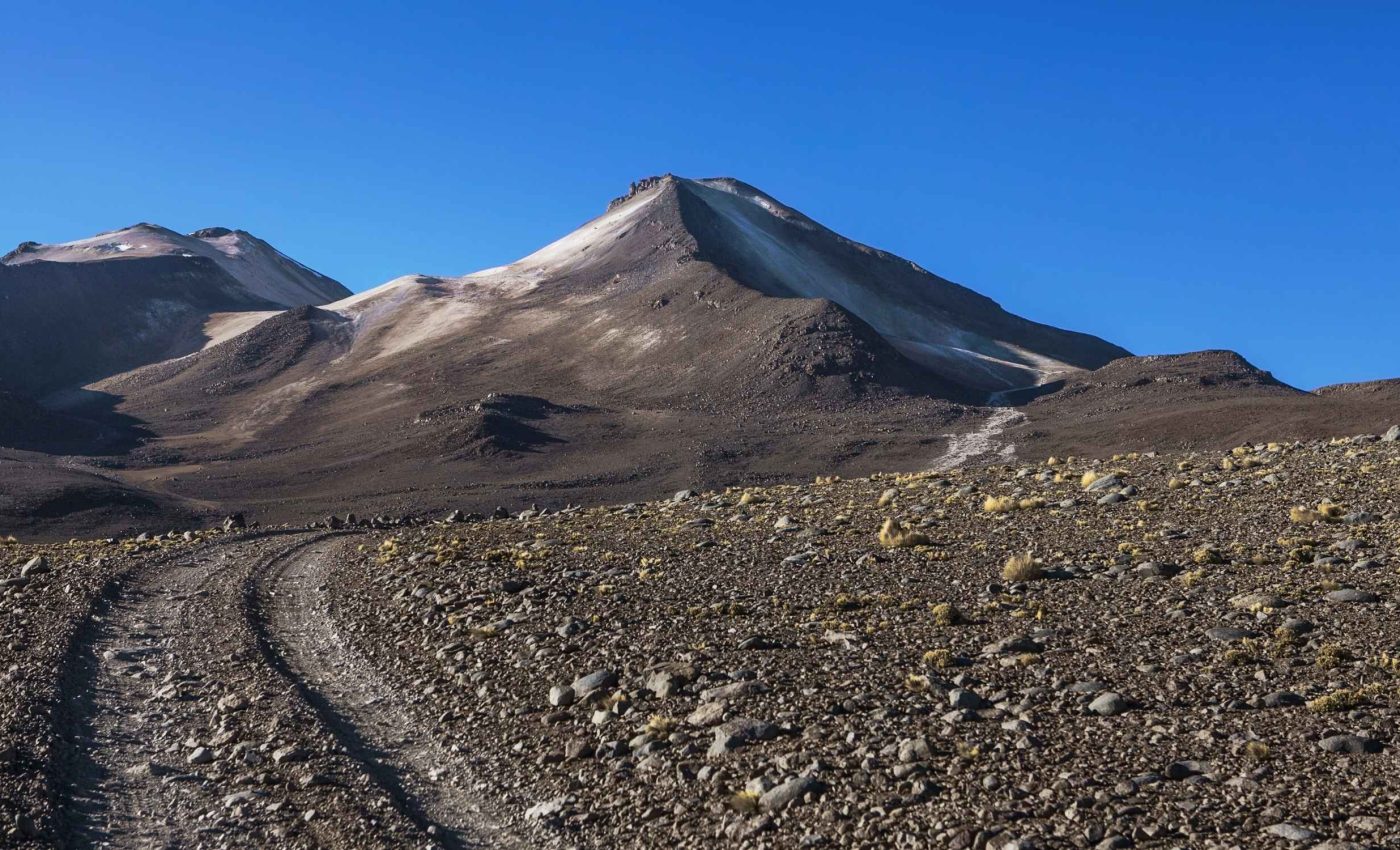
Dormant volcano now behaves like a 'zombie' that wants to erupt after 250,000 years
A team mapped the inside of Bolivia’s Uturuncu volcano and found that its strange surface motions come from hot fluids and gases moving below the crater, not rising magma ready to erupt.
The researchers say the risk of an eruption is low, even though the ground keeps gently breathing.
The work focused on a long quiet giant in the Central Andes and measured how the crust swells near the summit while the edges sink, a sombrero like pattern that spans about 93 miles.
The new imaging used more than 1,700 small earthquakes to build a sharp picture of the volcano’s shallow plumbing.
Studying Uturuncu volcano’s unrest
A new study shows that liquids and gases rise through a narrow conduit, pool beneath the crater, and seep outward through fractured rock.
That pattern can push the center up and pull the surroundings down without tapping a fresh batch of eruptible magma.
The project was led at the University of Science and Technology of China (USTC). Its researchers specialize in visualizing active volcanic systems with dense earthquake measurements and lab based rock physics.
The team used seismic tomography, a method that images underground using earthquake waves, to map how fast different waves travel through the crust.
They also traced the Vp/Vs ratio, the speed ratio of compressional and shear waves, which acts as a quick clue to fluids because gas rich zones slow one wave more than the other.
They paired these images with patterns of azimuthal anisotropy, direction dependent wave speeds in rock, to locate zones with aligned cracks that can channel fluids.
Put together, the models reveal a vertical column rising from depth that feeds a shallow reservoir under the summit.
How Uturuncu volcano still moves
Decades of geodetic work first flagged Uturuncu’s “sombrero” uplift and moat of subsidence. That signal, and its typical rate near 0.4 inches per year, has been documented by satellite and ground surveys in the region.
Those observations helped motivate today’s deeper look at the source of motion, a line of work that coined the sombrero description.
Long term measurements suggest the broad upwelling has persisted for at least half a century across the Altiplano Puna region.
Recent analyses of leveling, GPS, and radar data support a slow, steady pattern centered near Uturuncu’s summit, with uplift at the center and gentle subsidence farther out, a record that matches the new subsurface picture.
The images point to a key zone where supercritical fluid, a hot fluid with gas and liquid traits, mixes with brine and a little melt.
That blend rises, then gas collects beneath the crater while salty water migrates into a ring of fractured rock, which explains why the center rises and the rim settles.
Based on the data, the researchers concluded that the volcano is currently at low risk of eruption, noting that low gas saturation and the absence of a shallow, melt-rich chamber support this assessment.
Background you can use
Uturuncu sits above the Altiplano Puna magma body, a vast mid-crust reservoir that contains pockets of partially molten rock.
Prior seismic imaging estimates up to roughly one quarter melt in parts of this body, an important constraint for how heat and fluids feed the shallow system, a paper that mapped its structure.
Electrical mapping of the region shows low resistivity pathways that rise toward Uturuncu from that deep reservoir.
These conductive tendrils likely mark hot, salty fluids that can move heat and chemicals upward, a finding consistent with the new seismic images.
Why Uturuncu volcano matters
A “zombie” volcano can look active without being on the cusp of an eruption. Clear imaging of its internal routes helps local officials weigh hazard plans around remote towns and mining corridors without overreacting to everyday gas plumes or small quakes.
For context, Uturuncu has no confirmed Holocene eruptions and rises to 19,711 feet in southwestern Bolivia.
Its basic profile and last known eruption age are maintained by the Smithsonian’s Global Volcanism Program, a resource for volcanic status and history.
The same toolkit can be applied to other restless but quiet volcanoes to sort gas rich motion from true magma ascent.
That matters for dozens of sites worldwide where citizens see steaming ground and feel tiny quakes yet face a very different level of risk than communities near active vents.
Future work will keep combining precise earthquake catalogs with rock physics and geodetic time series to track changes in the shallow reservoirs.
Small but real shifts in gas content or crack openness could alter the balance and should be followed in months to years, not days.
The study is published in Proceedings of the National Academy of Sciences.
—–
Like what you read? Subscribe to our newsletter for engaging articles, exclusive content, and the latest updates.
Check us out on EarthSnap, a free app brought to you by Eric Ralls and Earth.com.
—–













